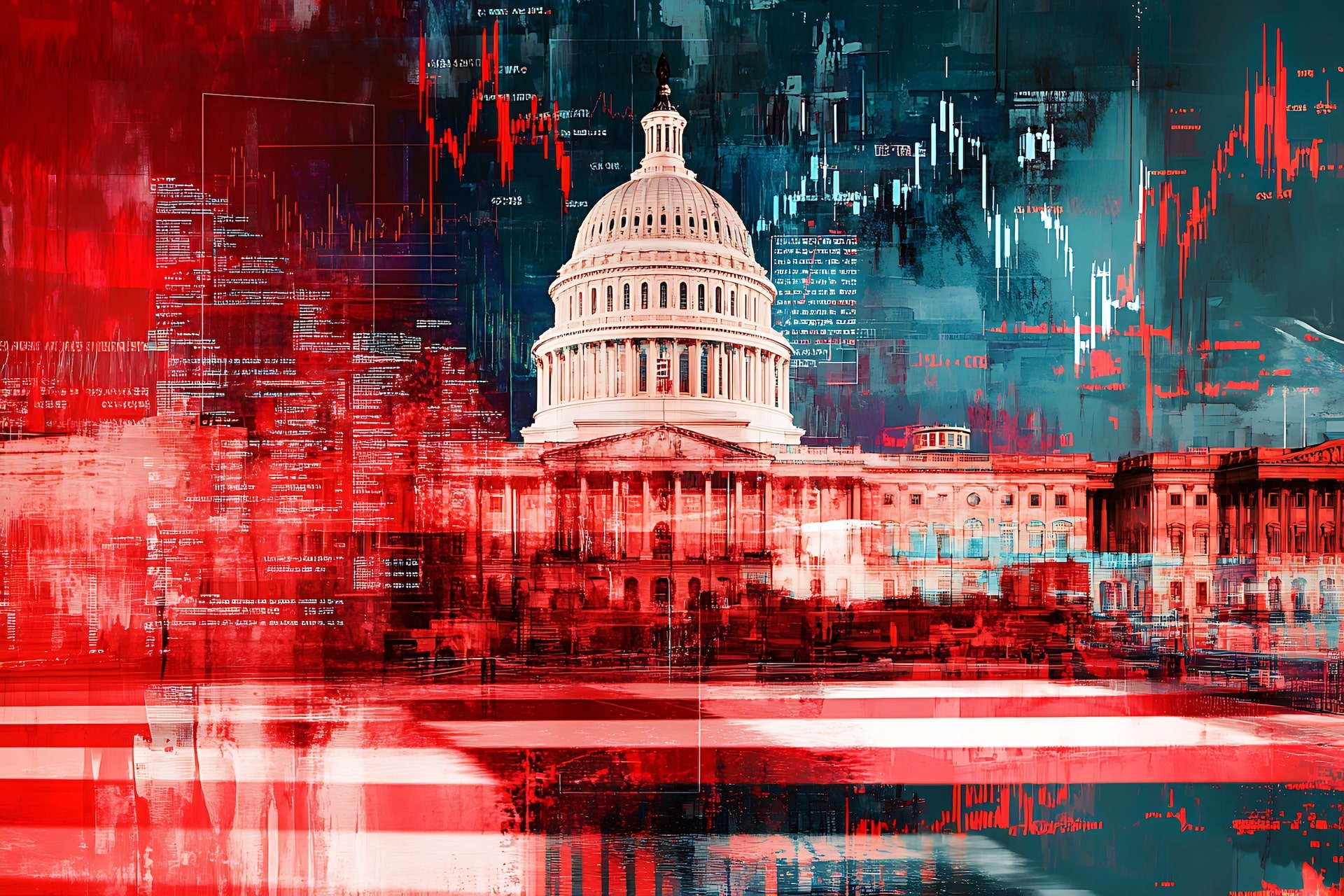Credit Sesame outlines 7 reasons to apply for student loan forgiveness.
Student loan forgiveness just got real. On Monday, October 17, the Department of Education launched the official application for student loan forgiveness.
A successful application allows borrowers with federal student loans to have up to $10,000 worth of that debt forgiven, plus another $10,000 for students who received Pell Grants. To qualify for the program, the borrower must earn under $125,000 per year (or $250,000 for married couples).
Borrowers have until December 31, 2023 to apply, but the economy at the end of 2022 gives people some compelling reasons to apply right away. Here are seven reasons why eligible borrowers should apply now rather than wait until the deadline nears:
1. The student loan forgiveness application is easy
The application is available at StudentAid.gov. Applicants don’t need a special log-in, nor do they have to provide any legal documentation to apply.
The application takes an estimated five minutes or under to complete. Information requested include personal identifiers such as name, phone number, Social Security number and email address. The applicant has to make a statement affirming that they meet the income eligibility requirement. The government might follow-up if any further information is needed.
It takes five minutes to earn thousands of dollars worth of loan forgiveness. It’s hard to imagine a more productive use of time.
2. Student loan payments resume in January
Payments on federal student loans were paused because of financial hardships created by the pandemic. The deadline for their resumption has been extended multiple times. With a program to forgive student loan debt, it would be unrealistic to expect another extension.
Applications take a few weeks to process. The government expects successful applications received by mid-November to be in effect before student loan payments resume this coming January.
Monthly payments are based on the amount the borrower still owes. By getting some or all debt forgiven, borrowers can get payments reduced. Getting student loan forgiveness in place before those payments resume in January means smaller payments.
3. Inflation is already making big demands on consumer dollars
It’s hard to imagine a better time to reduce or eliminate student loan payments. The worst inflation in 40 years is stretching people’s budgets to the breaking point.
Over the past two years, consumer prices in the United States have risen by a little over 14%. Most incomes have not kept up. For many people that means the lifestyle they had is no longer affordable.
Student loan forgiveness means keeping more money for other purposes, such as rising prices due to high inflation.
4. Less of a student loan burden can help minimize other debt
Debt can have a domino effect. Payments on past borrowing reduce the money available for current expenses. People then resort to more borrowing to fill the cashflow the gap.
Inflation accelerates that cycle. Recent numbers from the Federal Reserve show that consumer debt is at an all-time high. The cost of debt has gone up because of rising interest rates. Federal Reserve figures going back to the mid-1990s indicate that credit card interest rates have never been higher. With more rate hikes expected before the end of the year, those rates are likely to rise even more.
Reducing or eliminating monthly student loan payments gives consumers a chance to break this cycle. The money saved on student loan payments can pay for expenses without the need to increase debt. It could even be used to pay down other debt. In particular, if reduced student loan payments allow consumers to pay down credit card debt, the benefit to household finances is amplified.
5. Loan forgiveness can go towards a down payment on a house
A frequent complaint is that student loan payments prevent young adults from buying a home.
The current economy makes this a particularly challenging time to buy a house. Not only have home prices climbed steadily over the past decade, but mortgage interest rates have risen along with other rates. 30-year mortgage rates are higher than they’ve been in the past two decades.
Money saved from student loan forgiveness can be used to build a larger down payment for a home purchase. This is an ideal time for a larger down payment, which:
- Makes higher-priced homes accessible
- Results in a smaller home loan
- May qualify borrowers for a lower interest rate
6. An ideal opportunity to start saving for the future
Another possible use for the extra money borrowers can keep because of student loan forgiveness is to jump-start retirement saving.
Inflation has made it necessary for people to revisit their retirement savings assumptions. They may find they are going to need more savings to afford retirement.
Prices have risen sharply in the past two years so your retirement savings targets may have to rise accordingly. If inflation continues to run at a higher-than-average rate, you may have to set your target even higher.
Your retirement savings target has to allow for all the price increase you may see between now and when you retire. Setting aside that much money is a big job. Student loan forgiveness may give you some extra money for retirement savings.
7. Savings are worth more with interest rates rising
Whether you’re saving for a down payment, retirement or other financial goal, rising interest rates give you the opportunity to earn more on your savings.
Interest rates on savings deposit products have risen this year. They haven’t risen as much as inflation or interest rates on debt, which makes it especially important for consumers to shop around for high-interest deposit products.
Student loan forgiveness provides borrowers with the equivalent of gift of money. This may be a one-time occurrence, but that money could have an impact on their finances for years to come.
You may be interested in:
- 8 Ways to Make the Most of the New Student Loan Debt Relief Program
- How Inflation Threatens Retirement Savings
Disclaimer: The article and information provided here is for informational purposes only and is not intended as a substitute for professional advice.




















